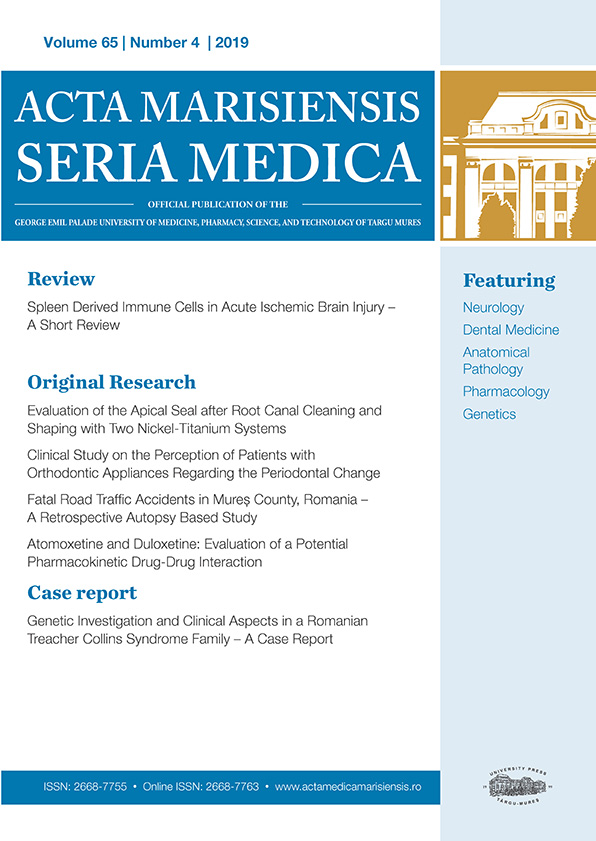In vitro Antioxidant Activities and Phytochemical Profile of Aqueous Leaf, Stem Bark and Root Extracts of Rhaphiolepis bibas (Lour.)
Abstract
Reactive oxygen species are produced physiologically in the human body causing damage to cell membranes and biomolecules, thereby resulting in chronic diseases. Antioxidants scavenge such free radicals combating oxidative stress. Despite advances in modern medicine, plant-based remedies are increasingly sorted due to their lesser side effects. The antioxidant activities of the aqueous root, stem bark, and leaf extracts of Rhaphiolepis bibas were evaluated against standards. The stem bark had the highest DPPH radical scavenging activity of 72.33% with root extract at 65.85% and leaf extract at 55.91%, while ascorbic acid scavenged 89.53% of DPPH radicals. The leaf extract had the highest H2O2 scavenging activity of 91.92% with stem bark at 91.17% and the root extracts at 89.12%. The aqueous root extract of R. bibas had a significantly higher FRAP capacity than the stem bark and the leaf extracts. The iron-chelating activities of the leaf extract were statistically higher compared to the stem bark and root extracts. The stem bark extracts had the highest phenol content of about 149.44 followed by the root extract at 141.14 and the least amount of phenol was found in the aqueous leaf extract having 73.012 Gallic acid equivalent/g. The root extracts had the highest total flavonoid content 377.66-milligram quercetin equivalent/gram of dry weight followed by stem bark extract at 255.72 and the least amount was found in aqueous leaf extract having 164.52 mgQE/g of sample dry weight. The qualitative phytochemical screening indicated the presence of secondary metabolites associated with antioxidant activity.
Copyright (c) 2024 ibrahim waweru kariuki, Mathew Ngugi, John Maingi

This work is licensed under a Creative Commons Attribution 4.0 International License.









